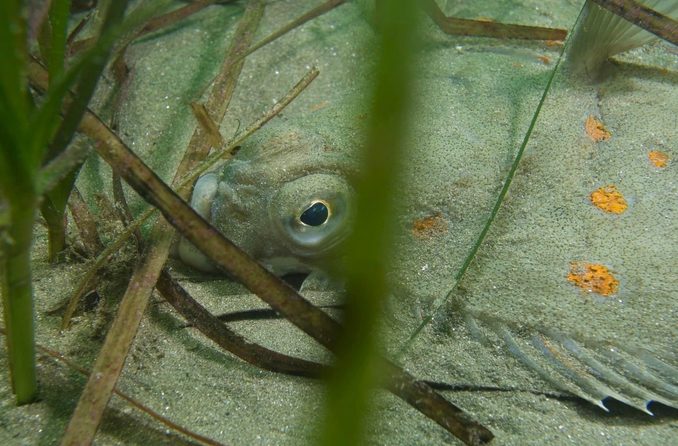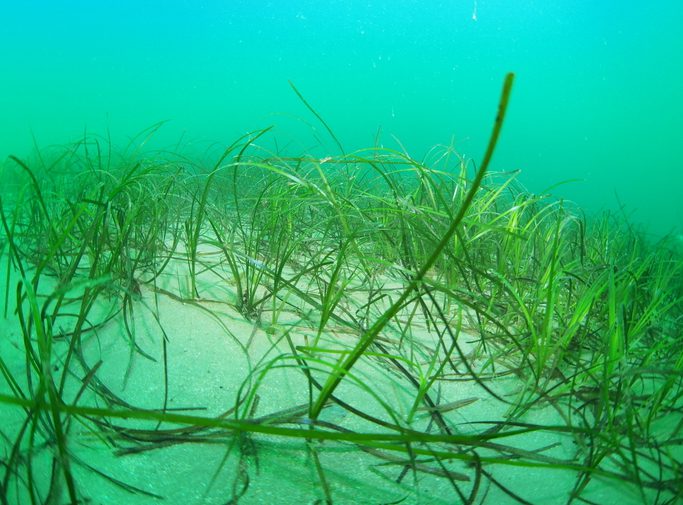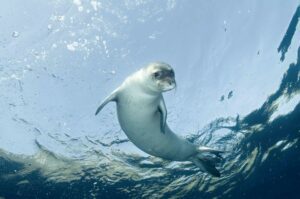Cornwall Wildlife Trust and Natural England have published a report that reveals that St Austell Bay is home to one of the largest known seagrass beds in the UK, covering a whopping 887 acres.
The findings come from the St Austell Bay Blue Carbon Mapping Project, and follows on from a report last summer that substantial seagrass beds had been discovered in Mount's Bay and the Fal and Helford estuaries, and the launch of ambitious seagrass restoration projects.
The St Austell Bay findings are the result of acoustic surveys carried out in partnership with the Cornwall Inshore Fisheries and Conservation Authority (IFCA). Boats used echosounder techniques to identify ‘blue carbon’ habitats – areas of the sea that act as highly effective carbon stores. The surveys focused on the historically under-recorded habitats of seagrass, which can flower and photosynthesise just like meadows in shallow seas, and beds of the delicate and brittle pink, coral-like algae known as maerl.
In addition to the acoustic mapping, volunteer dive surveyors from Cornwall Wildlife Trust’s Seasearch programme monitored the sites over the course of 22 dives during the project. The team found an incredible total of 122 different species of plants and animals within the seagrass and maerl beds, proving these sites to have real biodiversity importance. They even discovered the rare short-snouted seahorse in St Austell Bay, and multiple economically valuable scallops.

Cornwall Wildlife Trust Marine Conservation Officer, Abby Crosby, says: “To better understand the health of our coastal habitats and their potential for both marine recovery and blue carbon storage, it is essential to find out what is there first. The discovery of extensive surviving seagrass beds in St Austell Bay is a very exciting development. Seagrass is one of the largest carbon sinks we have globally, despite covering only 0.1% of the ocean floor.
“It also serves as a shelter, feeding ground and nursery for a host of marine life, including vulnerable species such as seahorses, and the young of commercial fish and seafood stocks.
“Seagrass beds play an important role in helping to combat erosion of the coastline from the waves, as storms increase in their intensity due to climate change.”
Seagrass meadows are thought to have surrounded much of the UK in pre-industrial times when our seas were far richer in marine life, so the discovery of this significant bed is a cause for celebration. A 2021 report in the Frontiers in Science journal estimates that historical UK seagrass meadows could have stored 11.5 megatonnes of carbon and supported around 400 million fish.
Photo credit: Sean Dixon and Matt Slater / Cornwall Wildlife Trust








